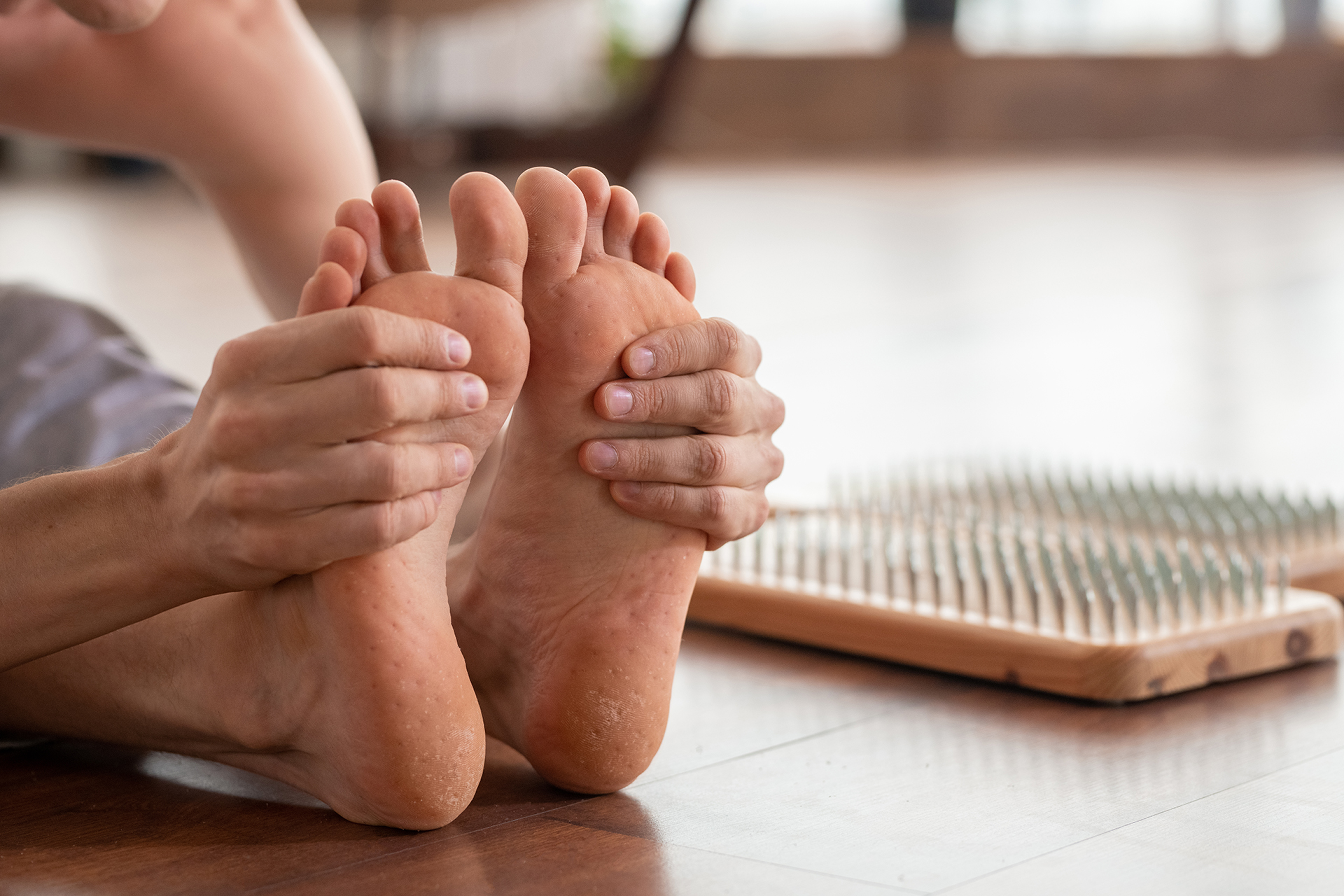Foot tendonitis is a common yet often underestimated condition that affects the tendons connecting muscles to bones in the feet and ankles. These tendons, which we hardly ever think about, are essential for stability, shock absorption and propulsion when walking or running. When these tendons become irritated or injured, they can cause persistent pain, swelling and reduced mobility, disrupting daily activities and athletic performance.
Whether it’s tendonitis on top of the foot, pain along the arch or discomfort around the ankle, early diagnosis and treatment are key to preventing long-term issues.
What Is Foot Tendonitis?
Foot tendonitis is a condition where the tendons in the foot become inflamed or irritated. The tendons are strong bands of tissue that connect muscles to bones. When these tendons become inflamed, it can cause pain, swelling and stiffness that make everyday activities hard.
Anyone can get tendonitis, but it’s especially common among athletes, older adults and those with underlying conditions such as flat feet or rheumatoid arthritis. If left untreated, this inflammation can progress to more serious complications, including tendon rupture or chronic pain. Recognising the early signs and understanding the risk factors are crucial steps in preventing long-term tendon problems.
A podiatrist can determine which tendon is involved and tailor a tendonitis foot treatment plan for your condition.
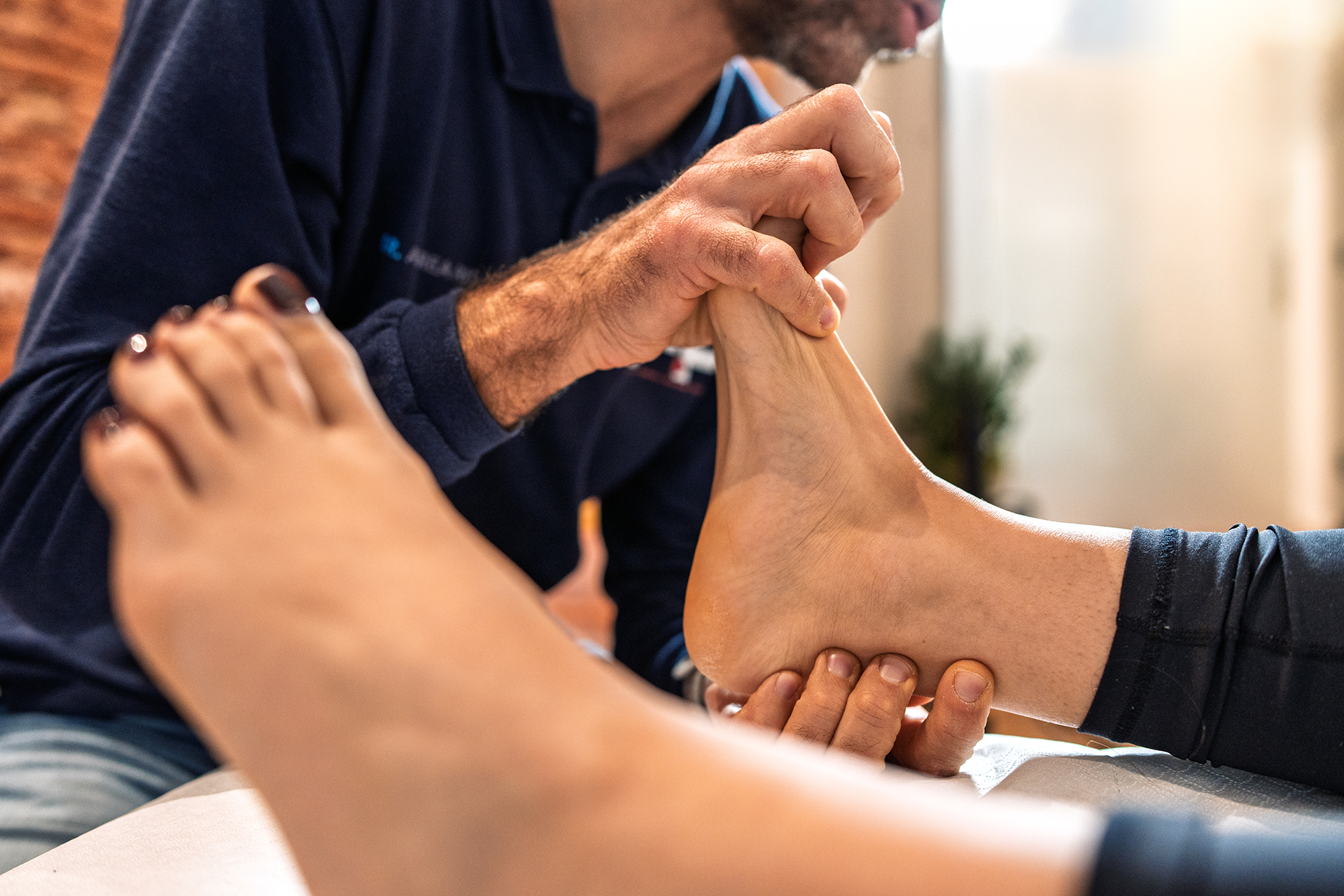
Symptoms of Foot Tendonitis
The common symptoms of foot tendonitis are pain, swelling and stiffness in the affected area. This pain can range from a mild ache to a sharp stabbing sensation, often worsening with activity or when weight is applied to the foot. Individuals with foot tendonitis typically experience pain in the affected area, particularly during activities such as walking or running. Other common symptoms may be redness, warmth or bruising around the tendon, and in some cases, a lump or bump may develop.
If left untreated, an inflamed tendon in the foot can progress to chronic degeneration, extending tendonitis foot recovery time.
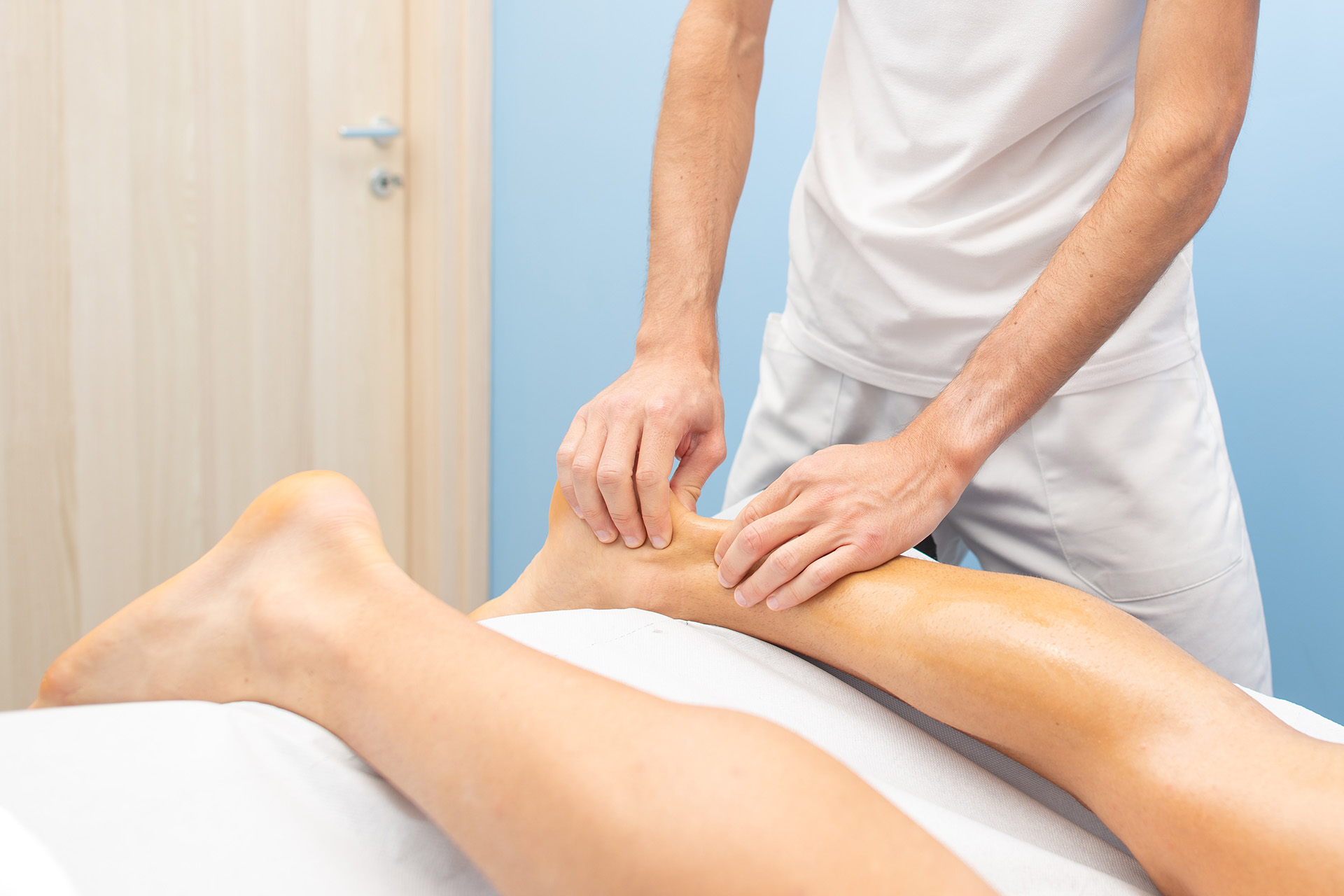
Causes and Risk Factors of Foot Tendonitis
Foot tendonitis is most often caused by overuse, repetitive strain, sudden increases in activity, poor foot biomechanics, inadequate footwear and age-related changes in the tendons. Activities that involve running, jumping or sudden changes of direction can increase the risk, especially for people who regularly participate in sports.
Tight calf muscles can also contribute by increasing tension on the tendons. Poor posture and shoes that don’t provide proper support can further increase the risk of tendonitis. People with flat feet or rheumatoid arthritis are more susceptible, as these conditions can alter foot mechanics and increase strain on the tendons.
Recognising these risk factors can help you avoid injuries and seek early treatment before they worsen.
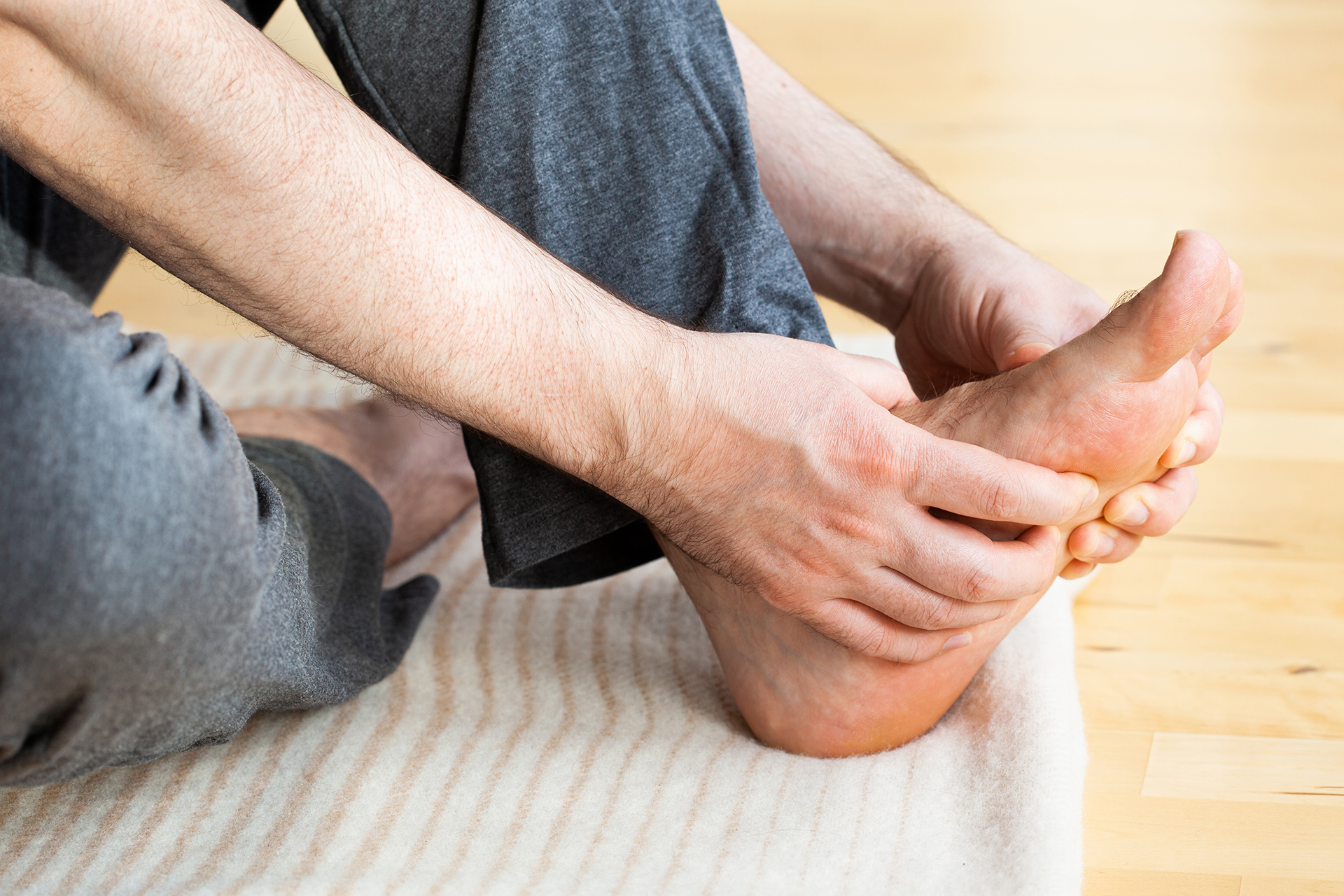
Types of Foot Tendonitis
There are different types of tendonitis in the foot, classified by the tendon affected:
- Achilles Tendonitis – Pain and stiffness at the back of the heel, often worse in the morning or after exercise. Common among runners and athletes.
- Posterior Tibial Tendonitis – Pain along the inner ankle and arch, with risk of arch collapse. Often linked to flat feet. This type involves the tendon running along the lower leg.
- Peroneal Tendonitis – Pain on the outer side of the ankle, frequently caused by overuse or instability.
- Extensor Tendonitis – Pain across the top of the foot, often due to tight shoes, repetitive running or prolonged standing.
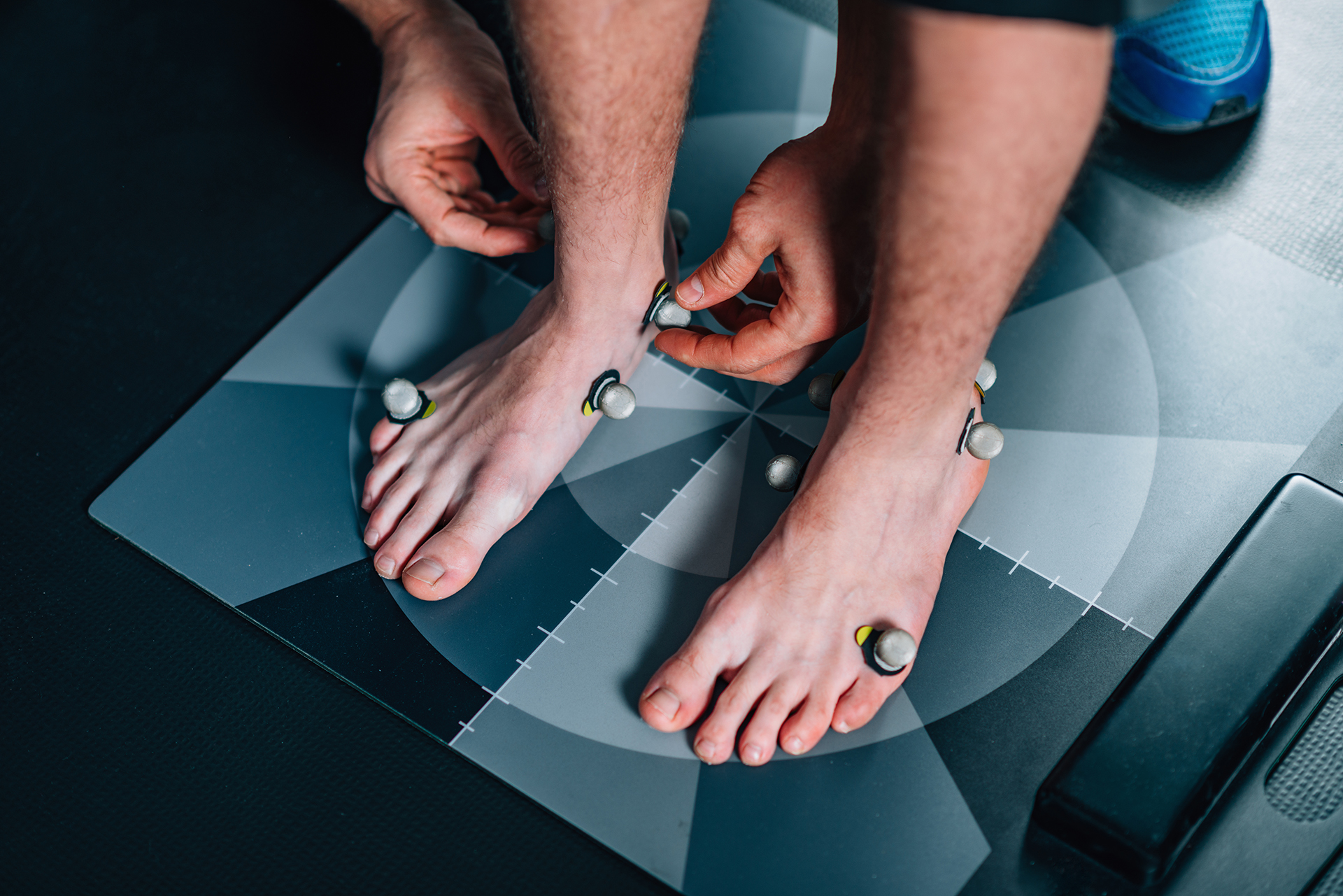
How Foot Tendonitis is Diagnosed
To diagnose foot tendonitis, a physical examination is performed, which includes checking for pain, swelling and range of motion. Your medical history and activity levels will help the podiatrist identify contributing factors.
Advanced diagnostic tools, such as an ultrasound or MRI, can assess tendon damage in detail, and technologies like RehaWalk® gait analysis can reveal subtle biomechanical imbalances that may have contributed to the injury. These tools help diagnose foot tendonitis accurately and rule out other causes of foot pain, ensuring your treatment is not only effective but also targets the root cause.
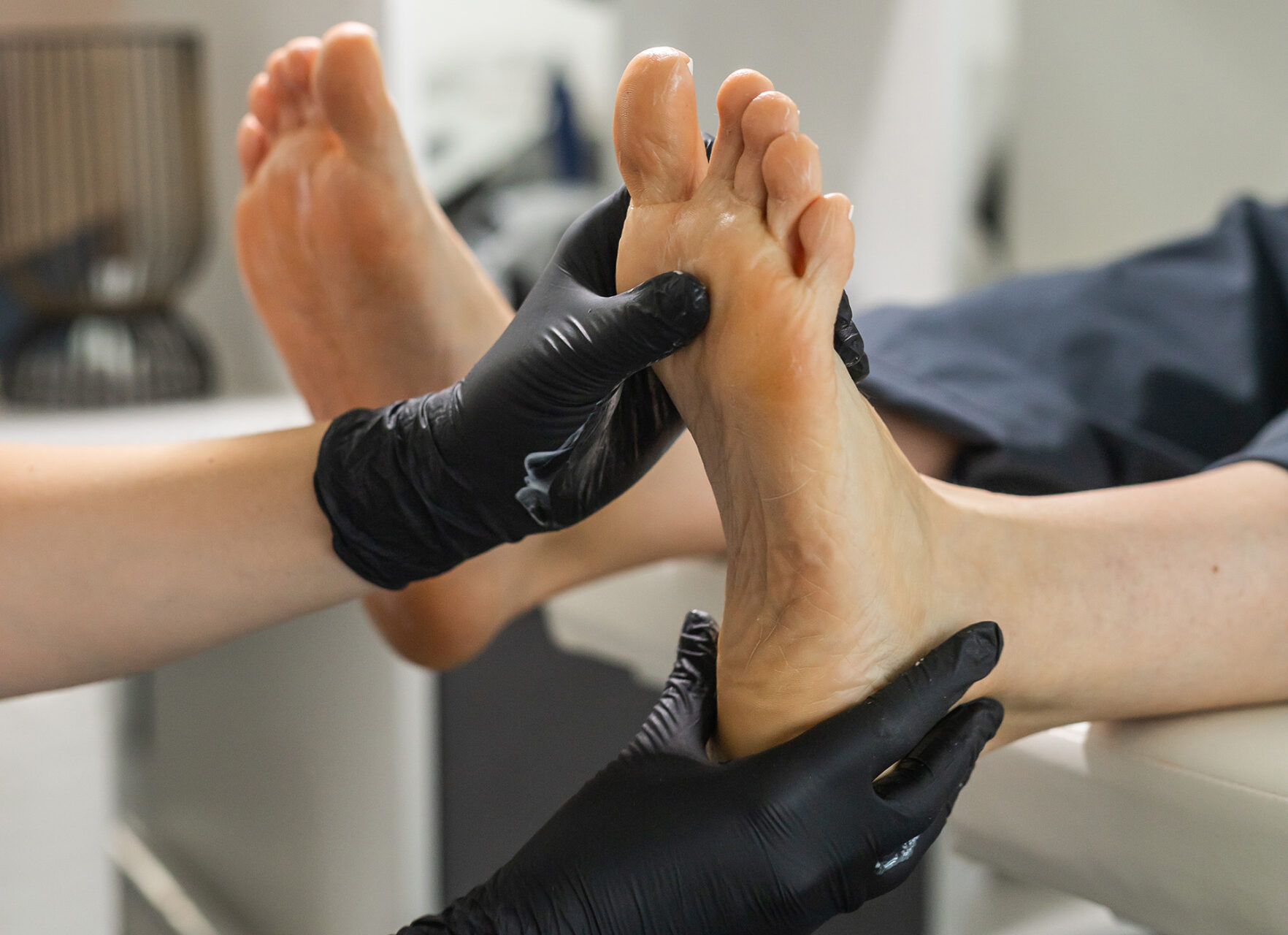
Prevention Strategies
Preventing tendon inflammation foot issues involves:
- Wearing supportive, activity-specific footwear
- Using orthoses for tendonitis of the foot to correct biomechanical faults
- Gradually increasing training intensity
- Regular stretching and strengthening of calves, arches and ankles
- Adjusting work or exercise routines if you stand for long periods
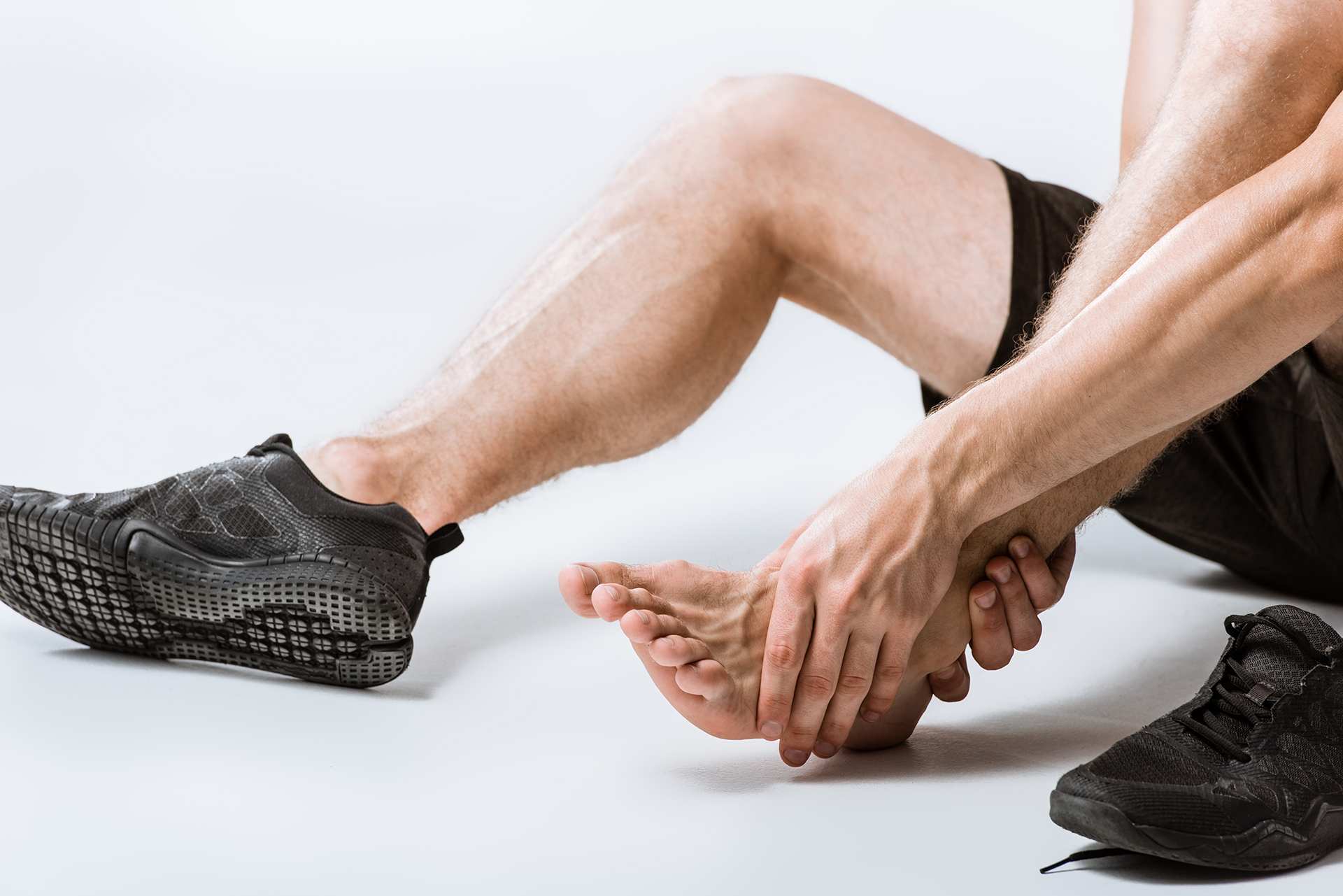
Foot Tendonitis Treatment Options
To learn how to treat tendonitis in the foot, several options are available. These include rest, ice, compression, elevation, anti-inflammatory medication, physical therapy, orthoses, Shockwave Therapy, and surgical intervention in severe cases where the tendon is significantly damaged or ruptured.
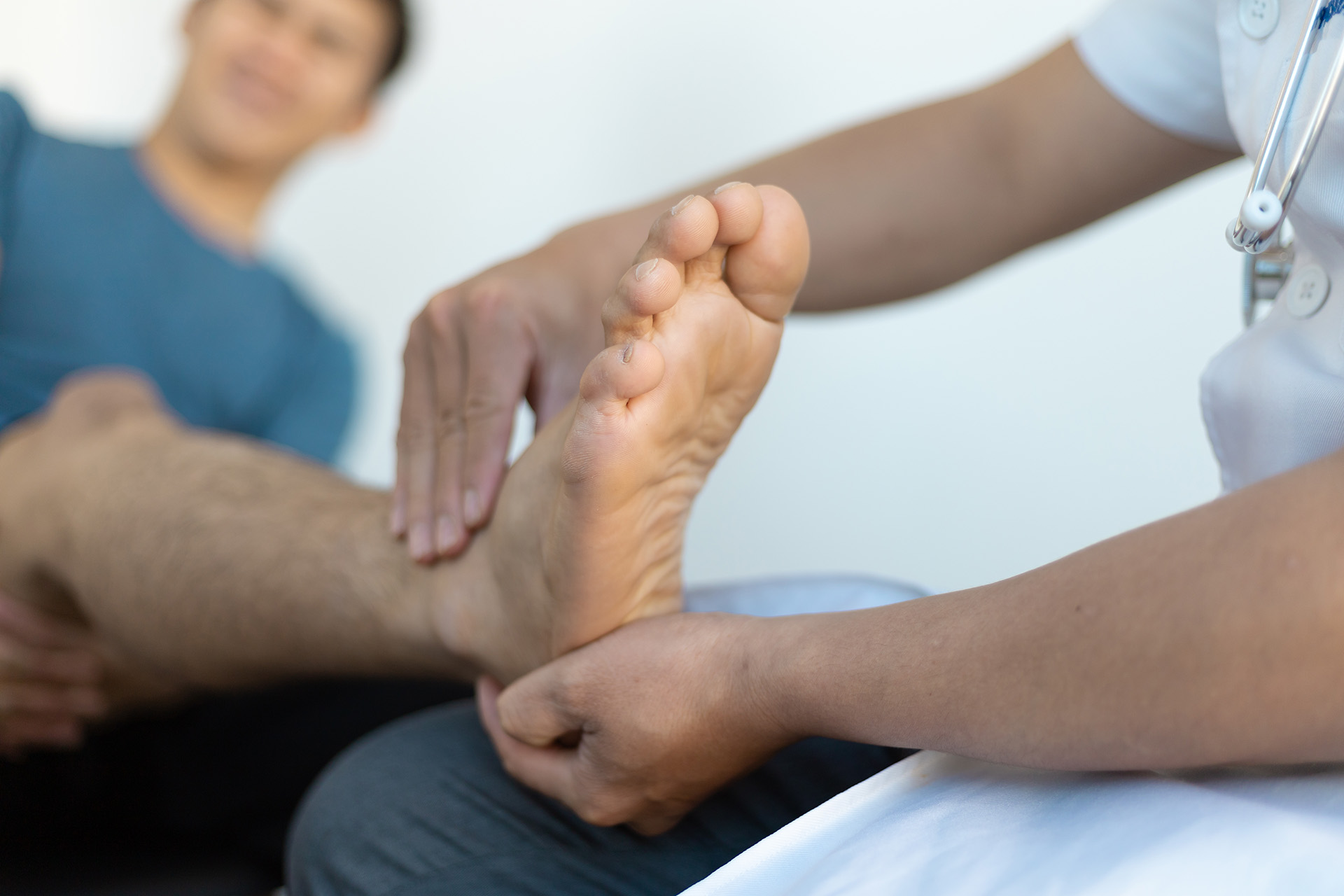
PEACE & LOVE Method
Initial management follows the PEACE (Protect, Elevate, Avoid anti-inflammatories, Compress, Educate) & LOVE (Load, Optimism, Vascularisation, Exercise) method, which emphasises protecting the foot from further strain, optimising load rather than complete rest, and avoiding anti-inflammatory medication in the very early phase to support natural healing. Elevation helps promote circulation, compression helps control swelling, and education empowers the patient to understand their condition. As symptoms improve, gentle exercises, gradual loading, and vascularisation through safe movement encourage recovery, while optimism and patience support long-term recovery and a quicker foot tendonitis healing time.
Footwear and Orthoses
Wearing the right shoes can make a big difference in comfort and prevention. Avoid high heels and overly flexible shoes. Custom orthotics can relieve pressure on the affected tendon and support healthy movement patterns. Special shoe inserts can help support the arch and reduce stress on the tendons.
Shockwave Therapy
Advanced therapies such as Shockwave Treatment can help stimulate blood flow, promote tissue regeneration, and accelerate recovery in the foot, making them particularly beneficial for persistent or chronic cases that have not responded fully to standard care.
Exercise and Stretching
Daily calf stretches, foot mobility drills, and strengthening exercises are crucial for tendon resilience. Start slowly with exercises and stretches to avoid aggravating the injury. A podiatrist or physiotherapist can guide you through exercises for foot tendonitis recovery tailored to your needs.
Physical Therapy
Physical therapy plays a key role with targeted exercises to restore strength, flexibility and function to the affected tendon. In some cases, foot mobilisation techniques are used to improve joint movement and relieve tension, while stability taping can provide additional support during activity.
Surgical Management
Surgery is reserved for severe tendon damage or rupture, involving procedures like tendon repair or tendon transfer. Recovery from surgery can take several months, with a structured rehabilitation programme essential for full recovery.
Recovery and Long-Term Management
Foot tendonitis recovery time depends on the condition and its severity. With prompt care, many patients recover within a few weeks to a few months. Chronic or severe cases may require longer treatment. Importantly, the ongoing tendonitis foot recovery time can be reduced by using the following:
- Custom orthoses to redistribute pressure
- Periodic gait assessments to monitor progress
- Targeted strengthening and mobility work
- Managing underlying conditions like diabetes or arthritis
Lifestyle changes like weight management, activity modification and early pain response can prevent recurrence. Working with a podiatrist gives you ongoing support and monitoring.
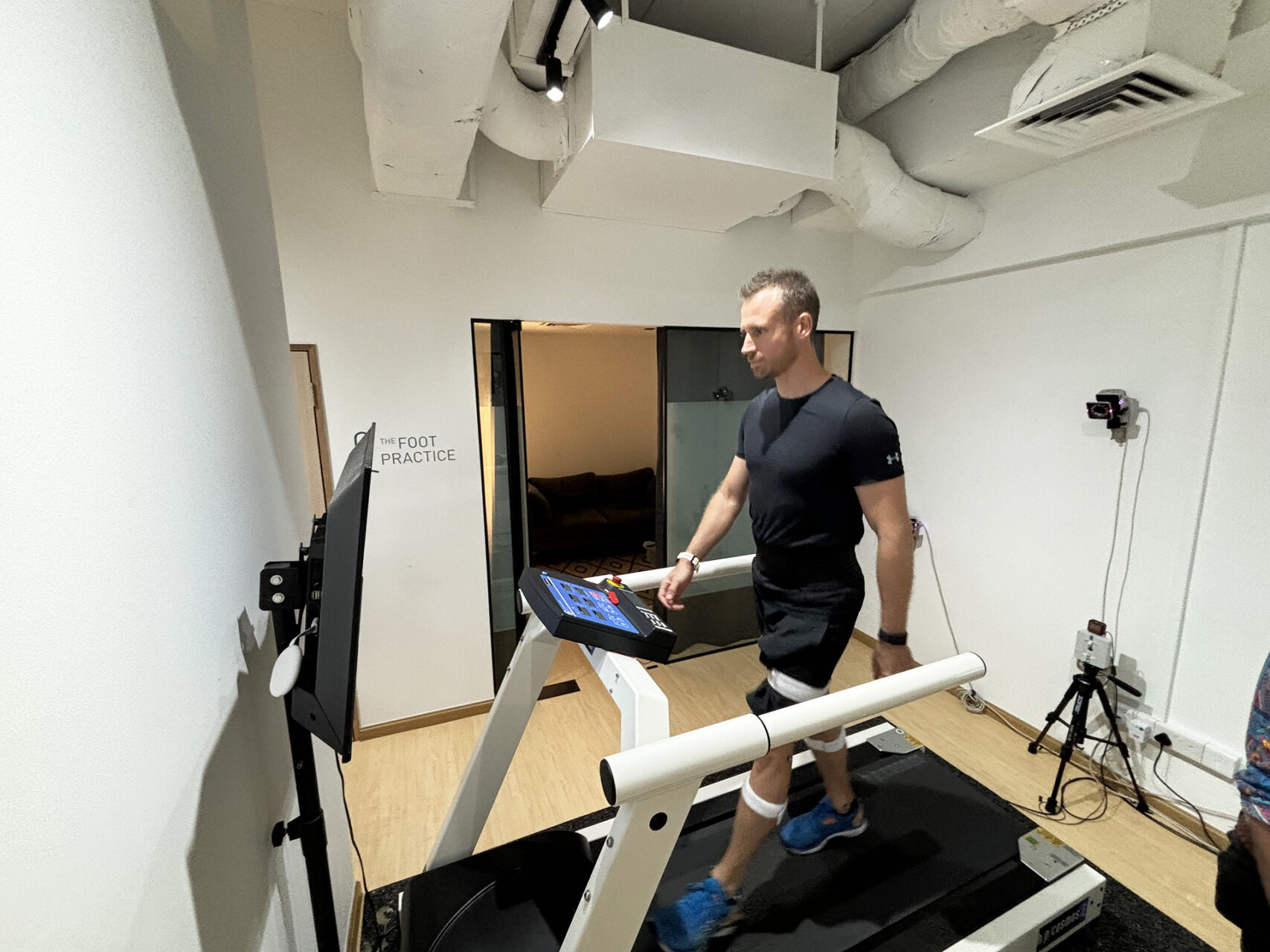
The Foot Practice Approach
At The Foot Practice, we combine clinical expertise with advanced technology to deliver a treatment for tendonitis in the foot tailored to your needs. From RehaWalk gait analysis and custom orthoses to mobilisation therapy and Shockwave Therapy, we address the root cause to speed recovery and prevent recurrence. There is no single cure for tendonitis in the foot, but our holistic approach provides the support your foot needs to heal naturally.
If you are experiencing foot tendon pain or suspect tendonitis in the foot, don’t wait for it to become a chronic problem. Book a consultation with The Foot Practice podiatry clinic in Singapore today.






